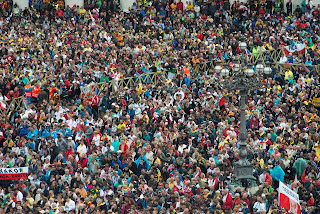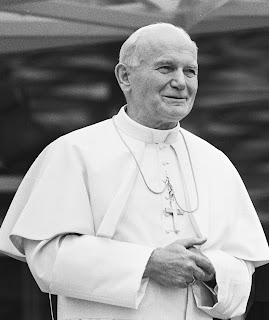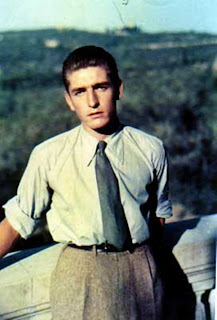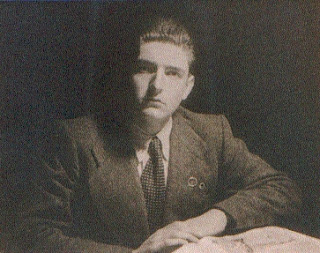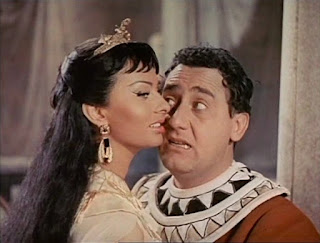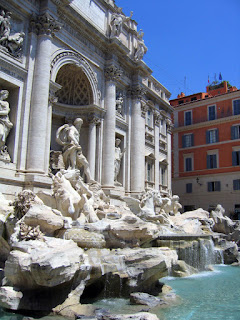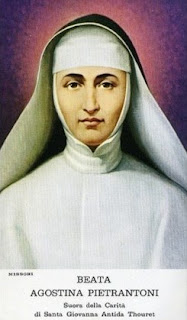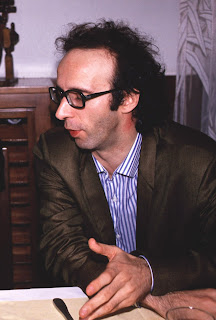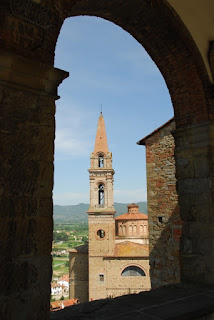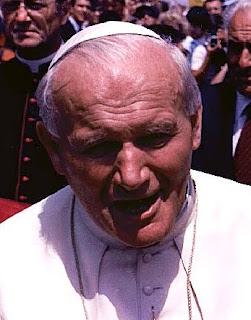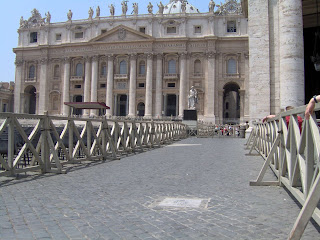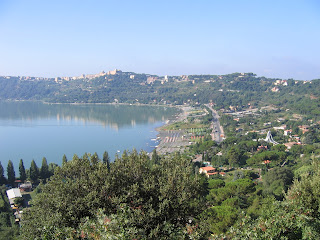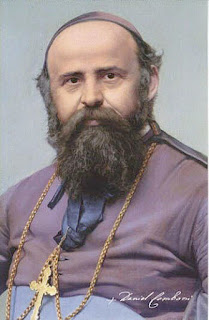Turkish gunman 'freed' but immediately detained
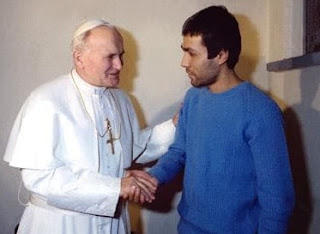 |
| Pope John Paul II's historic meeting in prison with Mehmet Ali Agca, the Turkish gunman who attempted to kill him |
The Turkish gunman had spent 19 years in jail after wounding
the pontiff in St Peter’s Square in Rome in May 1981 but John Paul II, who had
forgiven Agca from his hospital bed and visited him in prison in 1983, had been
pressing the Italian government to show clemency and allow him to return to Turkey.
However, at the same time as granting him his freedom under
the Italian judicial system, Ciampi also signed Agca’s extradition papers at
the request of the Turkish authorities, who required him to serve the outstanding
nine years of a 10-year jail sentence after being convicted in his absence of
the murder of a Turkish journalist in 1978.
He was handed over to Turkish police, who escorted him onto
a military flight to Istanbul airport on Tuesday night.
 |
| The pontiff pressed the Italian authorities to show clemency towards Agca |
The attempt on the Pope's life had come on May 13, 1981 as
he drove across St Peter's Square in an open car to hold a general audience
with a crowd of 20,000 people.
He was hit by four bullets, wounding him in the stomach, his
left hand and his right arm. Two of his
aides were also injured in the attack, as were two bystanders. John Paul II suffered considerable loss of
blood but attributed his survival to the Virgin of Fatima, whose feast day
falls on May 13.
Agca was arrested by Italian police as he tried to flee the
scene. He was sentenced to life imprisonment two months later, although it was
always likely he would be released. It is rare for criminals in Italy to remain
incarcerated much beyond 20 years, even for very serious offences.
The gunman, who spent the last part of the sentence in
Montacuto prison near Ancona, had kissed John Paul II’s ring when he was
visited in his cell in 1983 at the Rebibbia prison in Rome and later described
the pontiff as his friend and thanked him for the help he had given to his
family in Turkey while he remained imprisoned.
 |
| The open vehicle in which Pope John Paul II was travelling when the assassination attempt took place |
Agca had allegedly told the pontiff when they met in 1983
that he had been instructed to kill him by the Bulgarian secret services on
behalf of the Russian KGB but, at a second trial in 1986, prosecutors failed to
prove that Bulgarian secret services had hired him on the orders of the Soviet
Union.
Meanwhile, a court in Istanbul had sentenced him in absentia
to death for his part in the murder of newspaper editor Abdi İpekçi, carried
out by a far-right Turkish paramilitary group, the Grey Wolves. The sentence
was later commuted to a 10-year jail term.
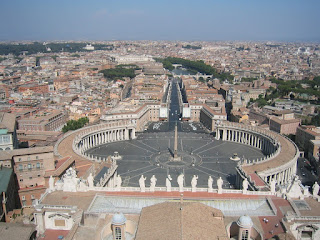 |
| Bernini's awe-inspiring sweep of colonnades makes St Peter's Square instantly recognisable |
St Peter’s Square – Piazza San Pietro – took shape under the
supervision of the sculptor and architect Gian Lorenzo Bernini between 1656 and
1667, under the direction of Pope Alexander VII, who wanted an appropriate
space in front of the basilica "so that the greatest number of people
could see the Pope give his blessing, either from the middle of the façade of
the church or from a window in the Vatican Palace". Bernini, who had been
working on the interior of St Peter's for many years, chose to enclose the square
within colonnades, using simple Doric columns so as not to detract from the
majesty of Carlo Maderno’s basilica façade but created a sense of awe with the
sheer size of the sweep of colonnades on each side. The Egyptian obelisk,
erected in 1586, was retained as the centrepiece. One of the two fountains was
built by Maderno in 1613 and matched by the addition of a second by Bernini in
1675.
Travel tip:
The coastal town of Ancona, about 7km (4 miles) from Montacuto,
is a bustling port that at first glance can appear to lack obvious charm but
which possesses much history, bearing witness to its Greek and Roman past. The 18m-high
Arch of Trajan, built in honour of the emperor who built the city’s harbour, is
regarded as one of the finest Roman monuments in the Marche region. The Duomo –
also known as the Basilica Cattedrale Metropolitana di San Ciriaco – is equally
impressive, as is the Lazzaretto, the pentagonal building constructed on an artificial
island in the 18th century as a quarantine station designed to
protect Ancona from diseases carried by infected travellers.


